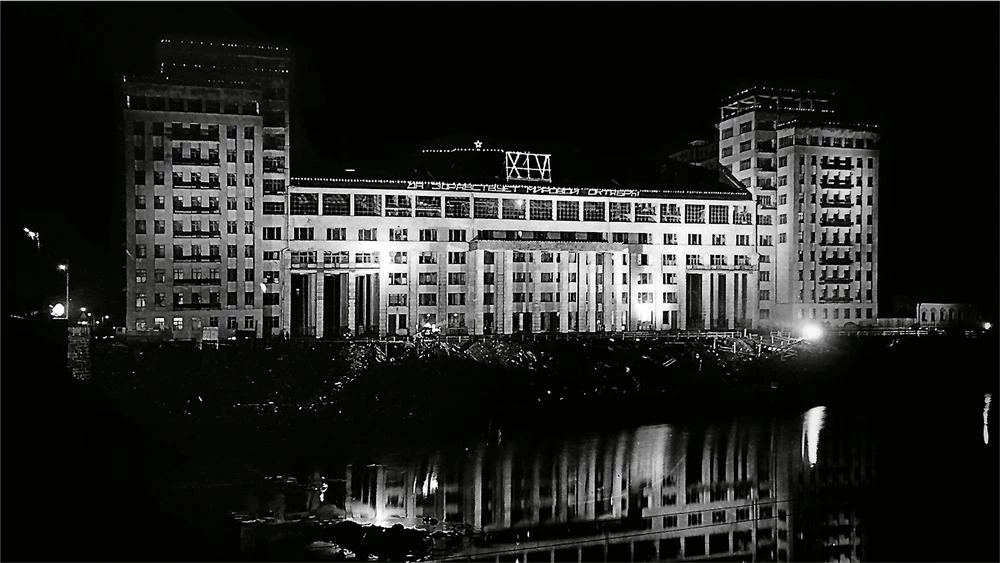
The centenary of the Russian Revolution has brought on the inevitable deluge of publications, but perhaps none as exceptional as The House of Government. Written by Yuri Slezkine, a historian born and educated in Russia who emigrated to the United States in his youth and now teaches at Berkeley, the monumental book tells the story of the revolution, from the revolt against Tsarism to the purges of Stalin, through the biographical ups and downs of the Bolshevik elites who inhabited the ‘House of Government’ , a huge block of flats built across the Kremlin in 1931 by Boris Iofan, the Jewish architect of the never materialized Palace of Soviets and of the Soviet pavilion at the 1937 Paris International Exposition.
The ‘House for Senior Officials of the Central Executive Committee and Council of the People’s Commissars’ accommodated in its 505 apartments the Bolshevik elite, previously lodged in hotels or confiscated palaces, and it came to be Europe’s largest residential complex. Equipped with abundant domestic conveniences and communal facilities including a club, a café, a theater seating 1,300, a cinema for 1,500, a library, and two gyms, the House of Goverment was raised on the edge of the Moskva River, on swampland, using 3,500 pilotis and heavy machinery brought from the construction site of a hydroelectric dam.
Almost all the housing blocks built during the first five-year plan were, as Slezkine explains, of the ‘transitional type,’ where residents were provided with communal services but allowed to live in family apartments. The most famous was the House for the Commissariat of Finance (Narkomfin), completed in 1930 by Ginzburg and Milinis, whose white stark ocean-liner language made it popular among the avant-gardes. The House of Government – with different tools of expression, hybridizing functionalism and classicism – nonetheless resembles it in the ‘transitional’ combination of collective and private, criticized by architects like Alexander Pasternak, brother of the author of Doctor Zhivago, who advocated a radical transformation of social relations.
Slezkine gathers around the Moscow complex a cast of characters of Tolstoyan scale, interweaving three narrative threads: the family saga of residents, the analysis of the Bolsheviks as a millenarist sect, and the literary tastes of the leaders of the revolution. The House of Government thus becomes the apartment block imagined by Perec, where Goethe’s Faust is the ideal tenant and where domesticity is the humus where prophecy, sacrifice, and redemption thrive to create a fresco of exact structure and meticulous detail that goes from the conversions to a new religion, to the loss of faith in the wake of the purgings and executions that eventually decimated the building’s inhabitants.
An extraordinarily documented work of history, but also a literary work of rare ambition, The House of Government will interest architects who want to unravel the intellectual and artistic currents that strove for supremacy in revolutionary Russia, but especially anyone wishing to have a better understanding of an epic and tragic episode of Europe’s past.






